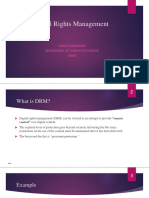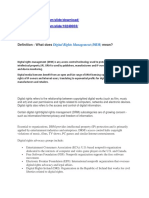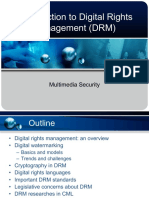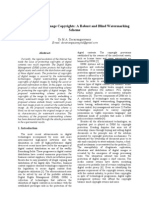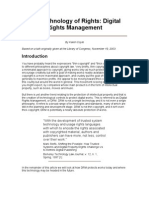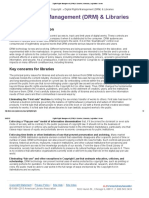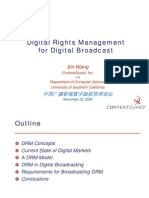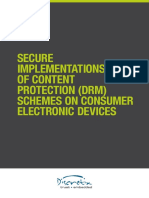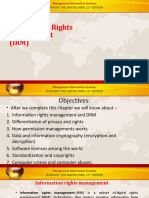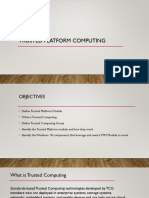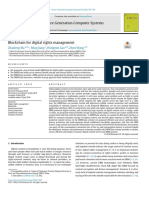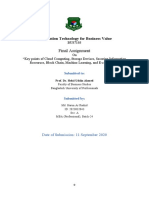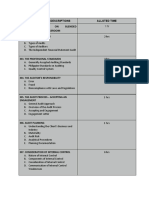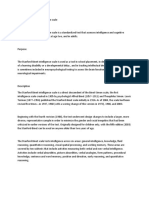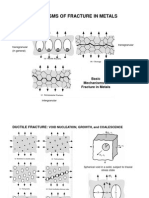0% found this document useful (0 votes)
22 views17 pagesFormatted DRM and Trusted Computing Project
The document presents an overview of Digital Rights Management (DRM) and Trusted Computing, highlighting their importance in protecting digital content and ensuring system integrity. Key aspects of DRM include encryption, access control, and license management, while Trusted Computing focuses on hardware-level security technologies. The connection between DRM and Trusted Computing enhances security against piracy and unauthorized access, with future trends indicating advancements in AI, blockchain, and quantum computing.
Uploaded by
Ifrah RafaqatCopyright
© © All Rights Reserved
We take content rights seriously. If you suspect this is your content, claim it here.
Available Formats
Download as PDF, TXT or read online on Scribd
0% found this document useful (0 votes)
22 views17 pagesFormatted DRM and Trusted Computing Project
The document presents an overview of Digital Rights Management (DRM) and Trusted Computing, highlighting their importance in protecting digital content and ensuring system integrity. Key aspects of DRM include encryption, access control, and license management, while Trusted Computing focuses on hardware-level security technologies. The connection between DRM and Trusted Computing enhances security against piracy and unauthorized access, with future trends indicating advancements in AI, blockchain, and quantum computing.
Uploaded by
Ifrah RafaqatCopyright
© © All Rights Reserved
We take content rights seriously. If you suspect this is your content, claim it here.
Available Formats
Download as PDF, TXT or read online on Scribd
/ 17



